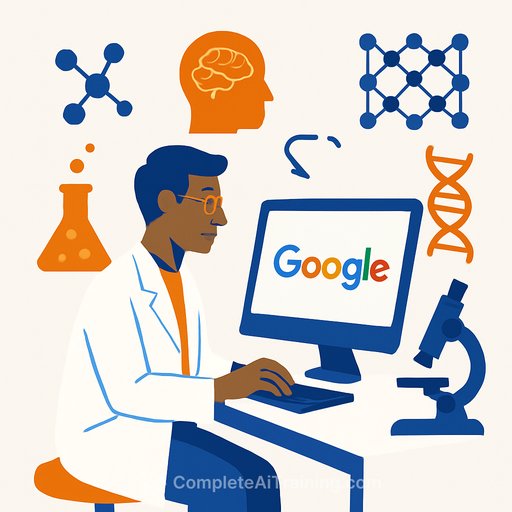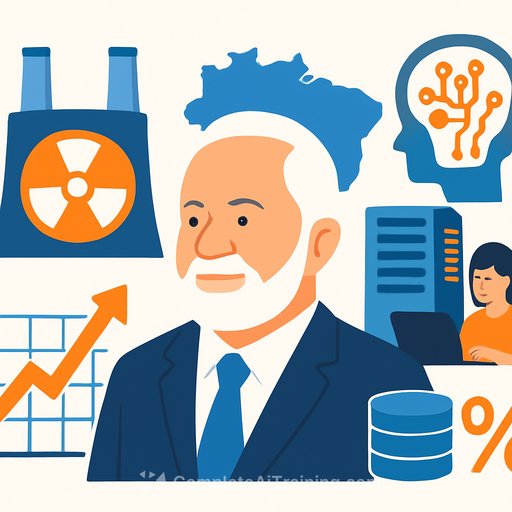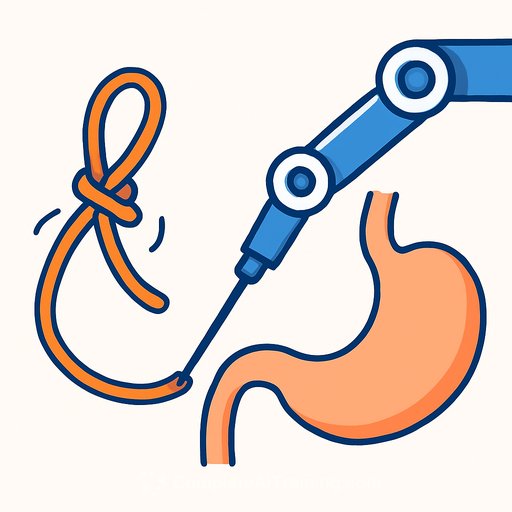How AI is Driving Scientific Research with Real-World Impact
Google Research teams are leveraging AI to tackle fundamental scientific questions and push forward research across fields such as biomedical science, neuroscience, geospatial science, and quantum computing. AI acts as a powerful enhancer of human creativity and problem-solving, accelerating discoveries that can bring tangible benefits to society.
By working closely with academic and industry partners, Google Research shares tools and technologies that help broaden the reach and application of AI-driven science. Here are four key areas where recent advances have made a notable difference.
Advancing Biomedical Science to Improve Disease Treatment
AI offers new paths to personalize medicine and unlock biological insights faster. One example is the AI co-scientist, a multi-agent system built on Gemini 2.0, designed to help researchers generate hypotheses and design experiments using natural language. This approach streamlines the discovery process.
In diagnostics, the multimodal AMIE system can interpret visual medical data alongside text, improving accuracy in medical conversations. It builds on earlier language models fine-tuned for healthcare. Additionally, open models such as TxGemma support more efficient therapeutic development by enhancing analysis in fields like chest x-rays, pathology, and dermatology.
Genomics research also benefits from AI. The REGLE model helps identify genetic variant associations without supervision, while new DeepVariant models reduce errors in genome analysis by 30%, especially for diverse ancestries. These tools contribute to better diagnosis and understanding of rare diseases.
Advancing Neuroscience Research to Map Brain Function
Recent progress in connectomics has made brain mapping more accessible. The LICONN method uses common light microscopes to map neurons and their connections, enabling more labs to conduct detailed brain studies.
Collaborations with research institutions have produced the Zebrafish Activity Prediction Benchmark (ZAPBench), featuring recordings from over 70,000 neurons in a larval zebrafish brain. This dataset supports studying the link between neural structure and activity across an entire vertebrate brain.
Other studies compare human brain responses to natural language with those of deep learning models, offering fresh computational perspectives on neural coding.
Advancing Geospatial Science to Address Planet-Scale Challenges
Google Research is improving access to critical geospatial information. The FireSat satellite constellation provides high-resolution imagery every 20 minutes to detect wildfires earlier and support scientific analysis of fire behavior.
Flood Forecasting and WeatherNext models enhance climate resilience and crisis management. The new Geospatial Reasoning initiative combines foundation models with generative AI to extract actionable insights through conversational interfaces. This technology supports public health, urban planning, climate science, and more by building on existing models for population dynamics, mobility, and environmental monitoring.
Advancing Quantum Computing for Practical Applications
Progress in quantum computing continues with milestones like the Willow chip, which demonstrates improved error correction and performance. Collaborations have shown that quantum algorithms can simulate processes relevant to sustained fusion reactions, a step toward scalable clean energy.
A novel hybrid approach to quantum simulation has also been developed, opening new avenues for scientific discovery in quantum research.
The intersection of AI and these scientific domains is producing breakthroughs with the potential to benefit billions. Continued innovation and collaboration will push the boundaries of what science can achieve.
Your membership also unlocks:






